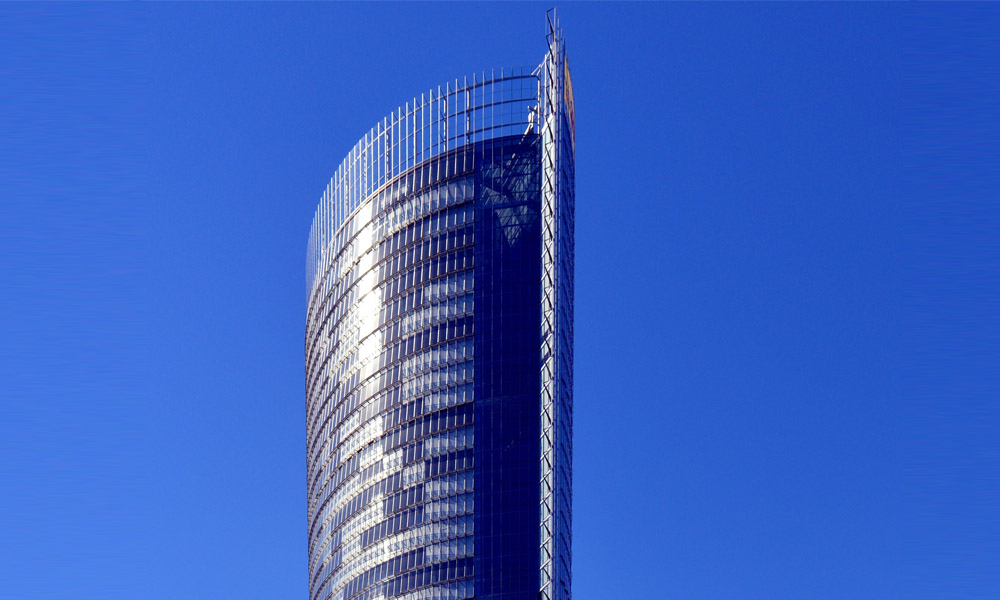

The Glass Manufacturing Industry An Overview
Glass manufacturing is a fascinating industry that has undergone significant evolution over the centuries. From its earliest origins in ancient civilizations to its modern applications in technology, architecture, and art, glass has played a crucial role in human society. As one of the most versatile materials known to humanity, glass is used in a myriad of products, ranging from simple containers to complex electronics.
Historical Background
The art of glassmaking dates back to around 2000 BC in the Mesopotamian region, where the first glass objects were produced. Initially, glass was used for decorative items, beads, and small vessels. The methods were rudimentary, but these early artisans laid the groundwork for future advancements in the field. By the time of the Roman Empire, glassmaking had significantly progressed, with the introduction of techniques such as glassblowing, which revolutionized the production capabilities and allowed for a wide variety of shapes and sizes.
The Middle Ages saw the establishment of glass as a key material in Gothic cathedrals, where stained glass windows became an integral part of architecture, allowing for the interplay of light and color within sacred spaces. The Renaissance era further propelled advancements, and by the 19th century, industrialization introduced mass production techniques, vastly increasing accessibility and variety.
Types of Glass and Their Applications
Today, the glass manufacturing industry produces several types of glass, each with unique properties and uses. Some of the most common types include
1. Float Glass This is the most common type of glass, used primarily in windows and doors. The float glass process ensures a smooth surface and uniform thickness, making it ideal for large sheets.
2. Tempered Glass Also known as safety glass, tempered glass is heat-treated to increase its strength. It is widely used in buildings, vehicles, and appliances where safety is a critical concern.
3. Laminated Glass Comprising two or more layers of glass held together by an interlayer, laminated glass is known for its security and sound insulation properties. It is commonly used in skylights, facades, and car windshields.

4. Specialty Glass This category includes a range of products, such as borosilicate glass (used in laboratory equipment), optical glass (used in lenses and cameras), and fiberglass (used in construction and automotive applications).
5. Recycled Glass Increasingly, manufacturers are turning to recycled glass as an eco-friendly option. The recycling process reduces energy consumption and greenhouse gas emissions, making it a sustainable choice for production.
Economic Impact and Challenges
The global glass manufacturing industry is a multi-billion-dollar sector, employing hundreds of thousands of people worldwide. From raw material extraction to production and distribution, glass manufacturing supports various industries, including construction, automotive, and consumer goods.
However, the industry also faces challenges. The energy-intensive nature of glass production raises concerns about environmental impact, particularly in terms of carbon emissions. Manufacturers are under growing pressure to adopt sustainable practices, such as reducing energy consumption, minimizing waste, and incorporating recycled materials into their products.
Another significant challenge is competition from alternative materials, such as plastics and metals, which are often lighter and cheaper. The rise of smart technology has also created a shift in demand, as consumers seek innovative products that offer added functionality, such as self-cleaning glass or energy-efficient windows.
The Future of Glass Manufacturing
Looking ahead, the glass manufacturing industry is poised for exciting developments. Advances in technology are enabling manufacturers to create smarter, more resilient glass products that meet modern demands. Innovations such as nanotechnology, which can enhance the properties of glass, and digital printing techniques that offer customizable designs, are becoming increasingly prevalent.
As sustainability becomes a definitive factor, companies are investing in greener processes and materials to reduce their overall carbon footprint. The use of renewable energy sources, improved recycling techniques, and eco-friendly alternatives are shaping the future of glass manufacturing.
In conclusion, glass manufacturing is an industry rich in history and innovation. With its diverse applications and continued evolution, glass will undoubtedly remain a vital component of modern life, from architecture and construction to technology and art. As manufacturers adapt to the challenges of the 21st century, we can expect to see even more exciting advancements in this age-old yet ever-evolving trade.